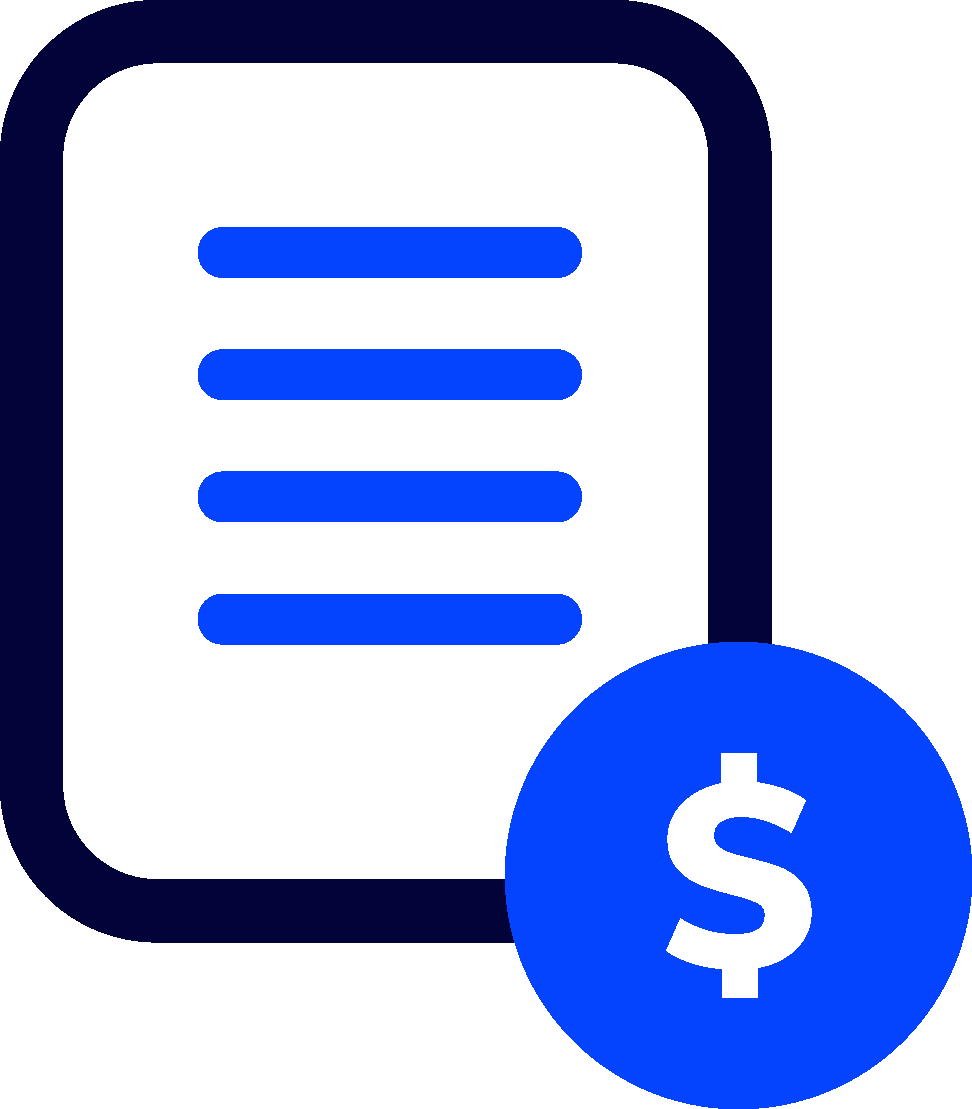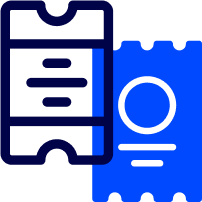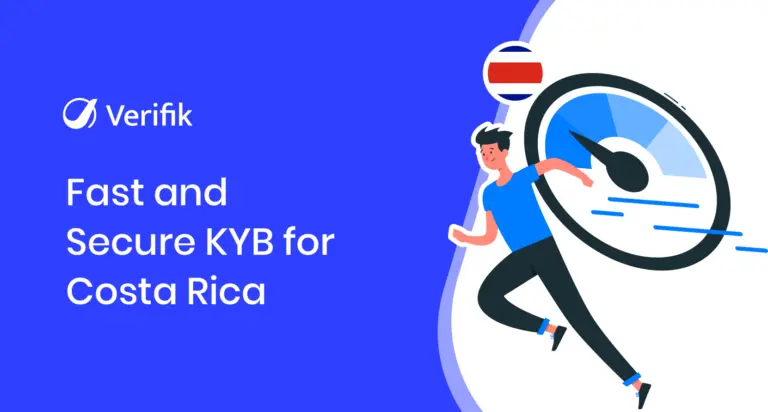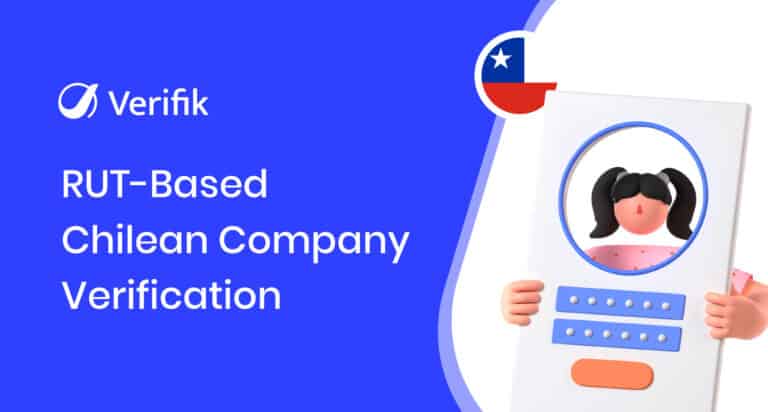When it comes to compliance, risk management, and fraud prevention, database screening is one of those tasks that businesses simply can’t afford to take lightly. It helps organizations verify customers, partners, and transactions against official watchlists and trusted data sources. Done right, it keeps you safe from regulatory trouble and protects your brand’s reputation.
The problem is, database screening is not always as straightforward as it sounds. Many companies use the right tools but still stumble because of common mistakes in how they approach the process. These slip-ups may seem small at first, but they can easily lead to missed red flags, wasted effort, or even penalties down the line.
In this blog, we’ll go over six of the most common mistakes businesses make during database screening and share some practical tips on how you can avoid them.
Mistake #1: Relying on Outdated Data
One of the most common mistakes in database screening is using information that is no longer current. Databases and watchlists are constantly being updated as new individuals and organizations are added or removed. If your screening process is based on old data, you could easily miss a match that matters.
For example, someone who was not on a sanctions list a few months ago may have been added recently. If your database is outdated, that record will not show up, and you could unknowingly continue working with a high-risk individual or company.
The best way to avoid this is to make sure your database screening solution is connected to trusted and up-to-date databases. By making data freshness a priority, you can prevent compliance risks before they grow.
Mistake #2: Ignoring Data Accuracy and Quality
One of the most damaging mistakes in database screening is using information that is no longer current. Global watchlists, sanctions databases, and regulatory lists change frequently as new names are added and old ones are removed. Relying on outdated records means your business could easily overlook someone who has recently been flagged as high risk.
The danger here is simple. If your database is even slightly behind, a customer or partner you screened a month ago may already appear on a sanctions list today. Missing that update can lead to serious compliance issues, financial penalties, or even reputational damage that takes years to repair.
To avoid this, make sure your database screening solution pulls information from reliable and up-to-date data sources. Up-to-date information allows you to spot risks quickly and gives you confidence that the decisions you are making are based on accurate data.
Mistake #3: Overlooking Name Variations and Aliases
Names are rarely straightforward. A single person can appear in records with slightly different spellings, nicknames, or transliterations in another language. If your screening tool only looks for exact matches, there is a good chance it will miss these variations.
For instance, the name “Michael” can also appear as “Micheal” or “Mikel.” Without flexible matching, these versions might be treated as completely different people. That gap can create serious risks.
To fix this, businesses should use screening systems that allow fuzzy matching and can detect common variations and aliases. This makes the process more reliable and reduces the chance of overlooking important connections.

Mistake #4: Not Customizing Screening Parameters
Another mistake is treating database screening as a one-size-fits-all process. Every business faces different risks depending on its industry, size, and geographical reach. If your screening rules are too generic, you may end up with irrelevant results or, on the other hand, miss critical red flags.
For example, a financial institution might need stricter screening rules than a small retailer. Similarly, a company that works across borders should factor in international sanctions lists, while a local business might only need to focus on domestic databases.
The solution is to customize screening parameters so they align with your organization’s risk profile. By tailoring the process, you can improve accuracy and cut down on unnecessary noise.
Mistake #5: Overlooking Multilingual and Cross-Border Screening
Many businesses operate across borders, but their screening processes don’t always reflect that reality. Relying on a database that only supports one language or region limits the ability to identify risks globally. This leaves organizations blind to threats outside their primary market.
Names, spellings, and formats vary across countries. A person could be listed in one database under a different transliteration, making them hard to identify if your system doesn’t account for it. This mismatch often leads to false negatives that carry serious compliance consequences.
The smarter way forward is to use solutions designed for multilingual and multi-country coverage. For example, smartCHECK, a smart database screening solution by Verifik, offers global database access with language flexibility and accurate transliterations. This ensures businesses can detect risks worldwide and remain compliant no matter where they operate.
Mistake #6: Neglecting Staff Training and Awareness
Even the best tools and processes cannot deliver good results if the people using them are not properly trained. A lack of knowledge or awareness often leads to misinterpreted results, missed risks, or wasted effort. Employees who are unsure how to handle alerts may either ignore important matches or spend too much time on irrelevant ones.
Training your team is just as important as investing in the right technology. Regular workshops and refresher sessions help staff understand how the process works, how to interpret results, and what steps to take when something suspicious appears. A well-trained team makes the screening process smoother, faster, and far more reliable.
Wrapping Up
Database screening delivers real value only when it’s carried out with accuracy and consistency. Avoiding common mistakes such as relying on outdated data, overlooking regional requirements, or skipping continuous monitoring helps businesses strengthen compliance and reduce risk. When screening becomes part of everyday processes and is supported by the right database screening tool, it not only protects the organization but also builds lasting trust with customers and partners.













